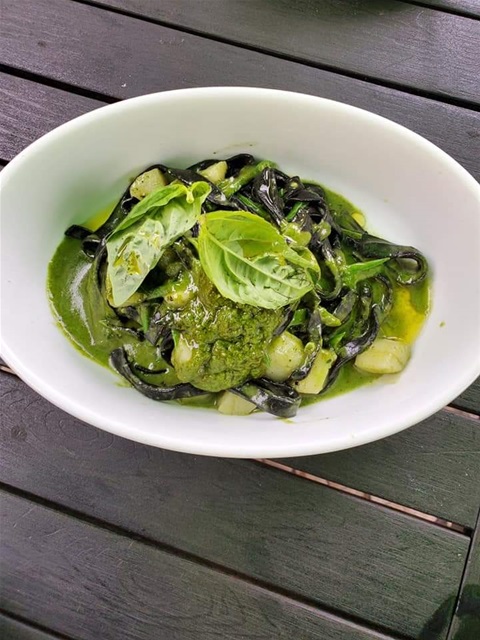Simple tips to run a more eco - friendly restaurant
Climate change is an increasingly important issue; as all these concerns will continue to rise, consumer habits will continue to change. Businesses that embrace more eco-friendly alternatives will do better and will become more popular.
The catering
industry is responsible for millions of tonnes of foods wasted every year; at same time it is a consumer of a very large amount of energy.
Simple eco - friendly solutions and ways to improve food waste reduction and energy saving levels, are already
a good starting point in tackling this issue:
▪ Total war on waste
Meat and dairy provide 18% of our calories and 37% of our protein but produce 60% of agriculture’s greenhouse gas emissions.
Adding 1 or
2 more vegetarian dishes helps in reducing the restaurant’s carbon footprint without impacting customers' habits or reducing the appeal of the restaurant's menu.
▪ Today customers are more aware than before about food waste
handling
A noticeable percentage of diners confirm they care about how food waste is handled; they pay more attention to practices of interaction between restaurant and environment; this trend will continue in 2020 and beyond.
▪ Food waste reduction improve profitability
Embracing initiatives like introducing smaller plates and waste tracking systems, is important in the war against food waste and gives a contribution to cost reduction; it is also
a great business opportunity. Short-term and actionable goals can easily become a part of daily operations and produce results in a very short period of time in both food waste and cost reduction.
Chefs looking for more opportunities to utilize all of
their inventory and discarding as little as possible during food preparation process, are already giving a high contribution to solving this problem; At same time consumers and saving benefits will reward the business. By categorizing waste in 3 different
moments like purchasing patterns, preparation and serving, we can understand better a restaurant’s relationship with food waste.
▪ Waste analysis as good system to properly highlight gaps in the present situation
A simple daily spreadsheet is a great tool to highlight the waste quantity and how it is accumulated; it can help to measure the weights to get rid in, for instance, a month.
▪ Better quality of staff meals to avoid throwing away
food
We all know that treating team members to a free meal it’s a win-win situation
▪ Well functioning equipment
Malfunctioning refrigerators or old and not properly maintained equipment increase
food waste. By replacing equipment sooner or at least regularly checking on their performances, we can reduce food waste and at same time improve serving timeline and food quality.
▪ Buy local
Motor vehicles are big
polluters, so cutting down on how product travel miles, from suppliers to the business, helps in saving money and in reducing the environmental impact. Just by switching to local farmers whenever possible, the restaurant will be able to drastically decrease
the carbon footprint of the menu. Altough it is easy to understand how important are imported foods in the business, just buying as much locally-grown and seasonal produce as possible is already a great step forward.
▪ Lower your energy
consumption
Having someone, among all team members, able to run daily energy consumption checks is a great system to highlight how much we can save in cost and how much we can benefit the environment.
Lights and equipment switched off
when not in use, everything off at the end of service, appliances and equipment properly mantained for efficient performance, are fantastic ways to cut down on energy.
In addition it is very important to train everybody in the organization to follow
the practices in place. Of course, low consumption lights help as well in reduction of energy consumption.
